In the realm of psychological horror, few films have left as lasting an impression as 2009’s “Orphan.” Now, over a decade later, we’re thrust back into the chilling world of Esther with “Orphan: First Kill.”
This prequel promises to unravel the enigma that is Leena Klammer, the pint-sized serial killer who shocked audiences worldwide. Let’s peel back the layers of this cinematic offering and explore why it’s causing such a stir in the horror genre.
The Genesis of Evil: Esther’s Origin Story
“Orphan: First Kill” transports us to the snowy landscapes of Estonia, where we first meet Leena Klammer. This isn’t just any origin story; it’s a twisted tale of escape and deception that sets the stage for the events we witnessed in the original film.
Key Points:
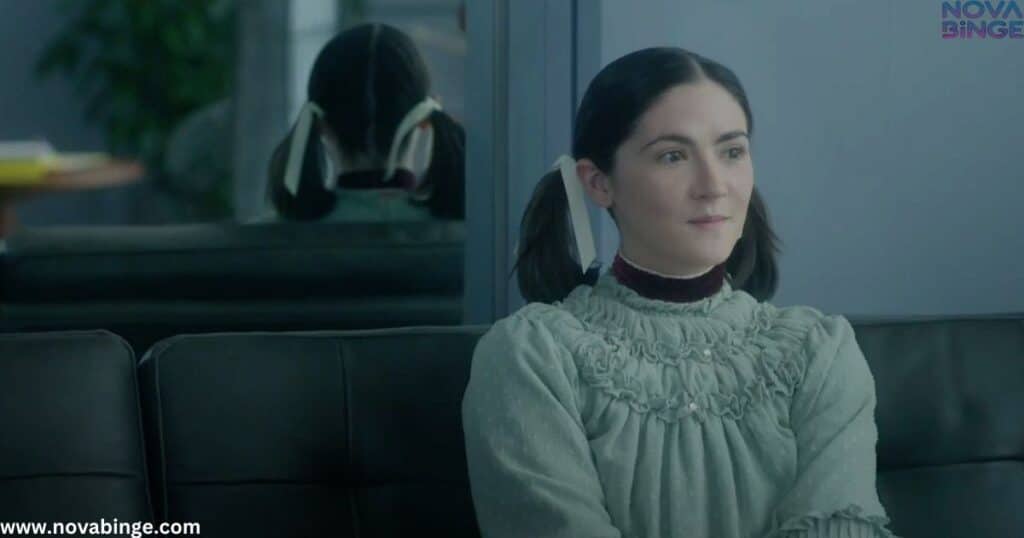
- Leena’s life in an Estonian psychiatric facility
- Her cunning escape plan
- The birth of “Esther” as we know her
“The past isn’t dead. It isn’t even past.” – William Faulkner
This quote perfectly encapsulates the essence of “Orphan: First Kill.” Leena’s past isn’t just backstory—it’s a living, breathing entity that shapes every moment of the film.
From Estonia to America: A Journey of Deception
Leena’s transformation into Esther is nothing short of mesmerizing. The film takes us on a nail-biting journey as she crosses continents, adopting the persona of a missing American girl. This section of the movie is a masterclass in tension-building, keeping viewers on the edge of their seats.
Travel Logistics:

- Escape from the psychiatric facility
- Acquisition of false documents
- International travel as a minor
- Infiltration of the Albright family
Cast Performance: Bringing the Nightmare to Life
Isabelle Fuhrman: A Tour de Force Return
Isabelle Fuhrman’s reprisal of Esther is nothing short of remarkable. At 25, Fuhrman faced the unique challenge of portraying a character younger than she was when she first played the role. The techniques used to maintain Esther’s youthful appearance are a testament to the film’s technical prowess.
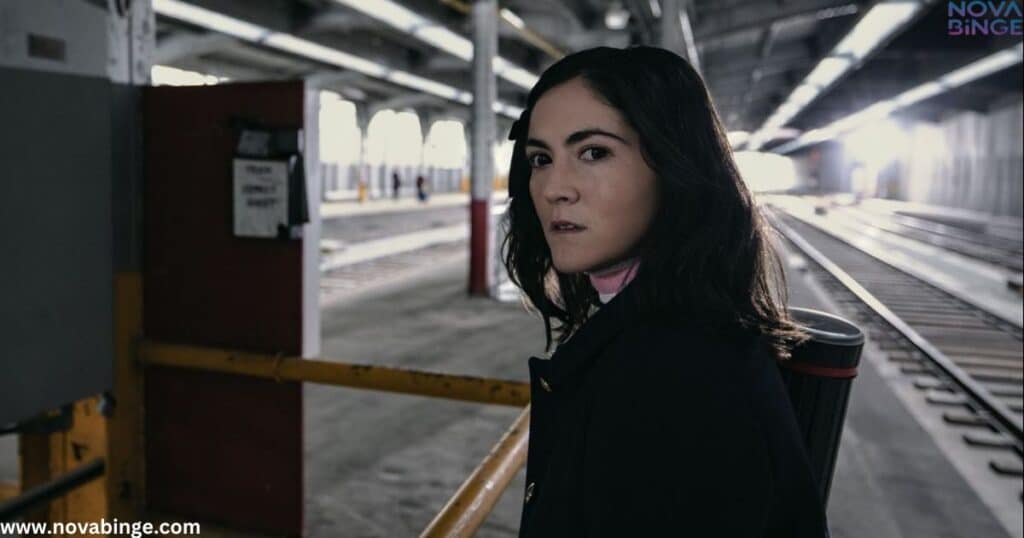
Fuhrman’s Performance Highlights:
- Seamless portrayal of a child-like demeanor
- Nuanced facial expressions conveying Esther’s inner turmoil
- Physicality that belies her actual age
Julia Stiles as Tricia Albright: A Worthy Adversary
Julia Stiles brings depth and complexity to Tricia Albright, Esther’s “mother.” Her performance is a delicate balance of maternal instinct and growing suspicion, creating a palpable tension that drives the narrative forward.
The Albright Family Dynamic
| Character | Actor | Key Traits |
|---|---|---|
| Allen Albright | Rossif Sutherland | Trusting, paternal |
| Gunnar Albright | Matthew Finlan | Suspicious, antagonistic |
The interplay between these characters forms the emotional core of the film, with each actor bringing their A-game to create a believable and dysfunctional family unit.
Directorial Vision: William Brent Bell’s Balancing Act
William Brent Bell had the unenviable task of creating a prequel that both honors the original and charts new territory. His direction shows a keen understanding of what made the first “Orphan” a cult classic while pushing the boundaries of the horror genre.
Bell’s Directorial Strengths:

- Masterful handling of tonal shifts
- Creative use of perspective to heighten tension
- Subtle foreshadowing that rewards attentive viewers
Read more about this: Film Review: The Jester (2023)
Pacing and Tension: A Rollercoaster of Emotions
Bell’s pacing is impeccable, alternating between slow-burn suspense and heart-pounding action. This creates a viewing experience that keeps the audience constantly guessing, never allowing them to settle into a comfort zone.
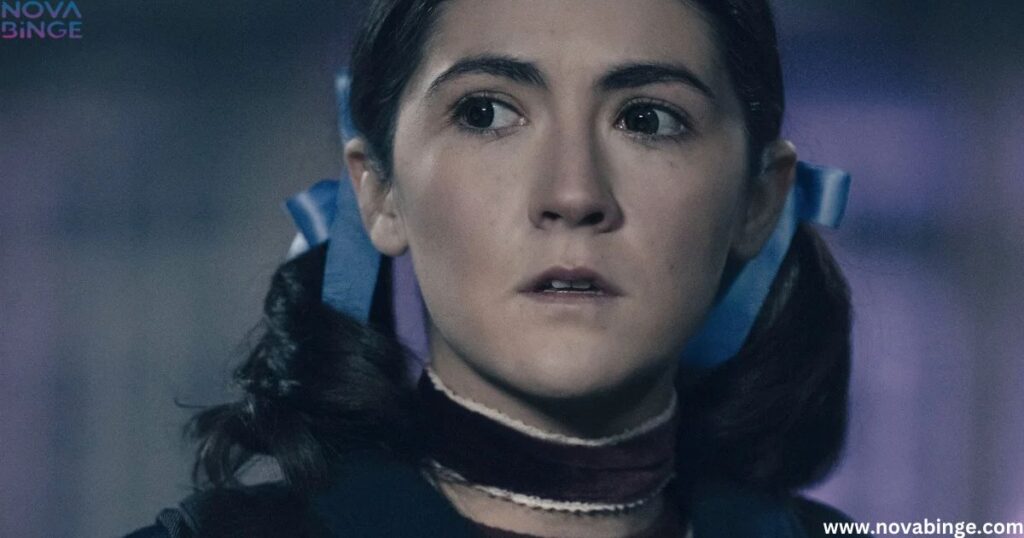
Screenplay Analysis: David Coggeshall’s Twisted Web
David Coggeshall’s script is a thing of dark beauty. It takes the familiar elements of the “Orphan” story and turns them on their head, offering twists that even seasoned horror fans won’t see coming.
Screenplay Highlights:
- Clever subversion of audience expectations
- Deep exploration of character motivations
- Dialogue that crackles with tension and subtext
“In the horror genre, the viewer is always waiting for something bad to happen. We create tension by making them wait.” – David Coggeshall

This quote encapsulates Coggeshall’s approach to the script, building anticipation through carefully crafted scenes and dialogue.
Visual Storytelling: A Feast for the Eyes
Karim Hussain’s Cinematography: Painting with Light and Shadow
Karim Hussain’s cinematography is a crucial element in bringing the world of “Orphan: First Kill” to life. His use of color and shadow creates a visual language that speaks volumes about the characters and their inner turmoil.
Color Palette Analysis:
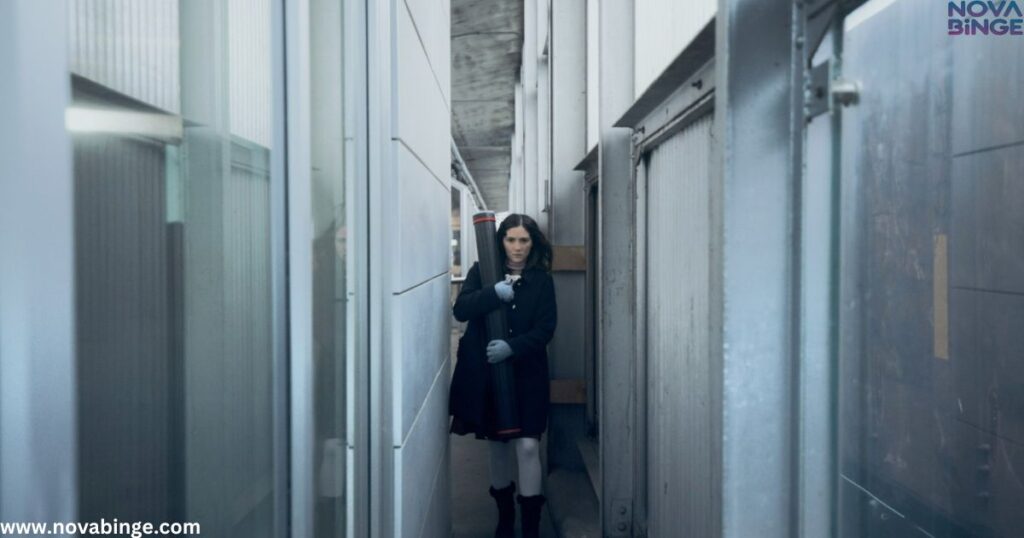
- Cool blues and greys for Estonian scenes
- Warm, deceptively inviting tones for the Albright home
- Strategic use of red to signify danger and violence
Production Design: A Tale of Two Worlds
The production design team has done an outstanding job creating two distinct worlds within the film. The contrast between the stark, institutional feel of Estonia and the warm, lived-in atmosphere of the Albright home serves to highlight Esther’s journey and the duality of her nature.
Notable Production Design Elements:
- Period-appropriate technology (early 2000s)
- Subtle differences in Estonian and American architecture
- Esther’s room as a reflection of her psychological state
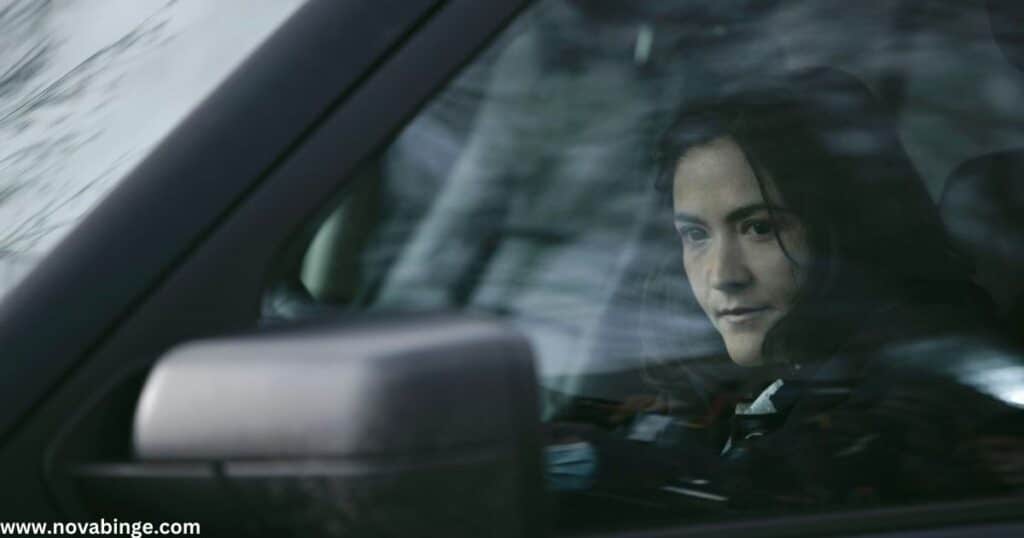
The Soundscape of Horror: Music and Silence
Brett Detar’s score for “Orphan: First Kill” is a character in its own right. It weaves through the film, sometimes guiding our emotions, other times subverting them entirely.
Musical Themes:
- Esther’s leitmotif: A haunting melody that evolves throughout the film
- Tense, discordant strings during suspenseful scenes
- Strategic use of silence to heighten tension
The Power of Silence
Some of the most chilling moments in “Orphan: First Kill” come not from what we hear, but from what we don’t. The strategic use of silence creates an atmosphere of unease that lingers long after the credits roll.
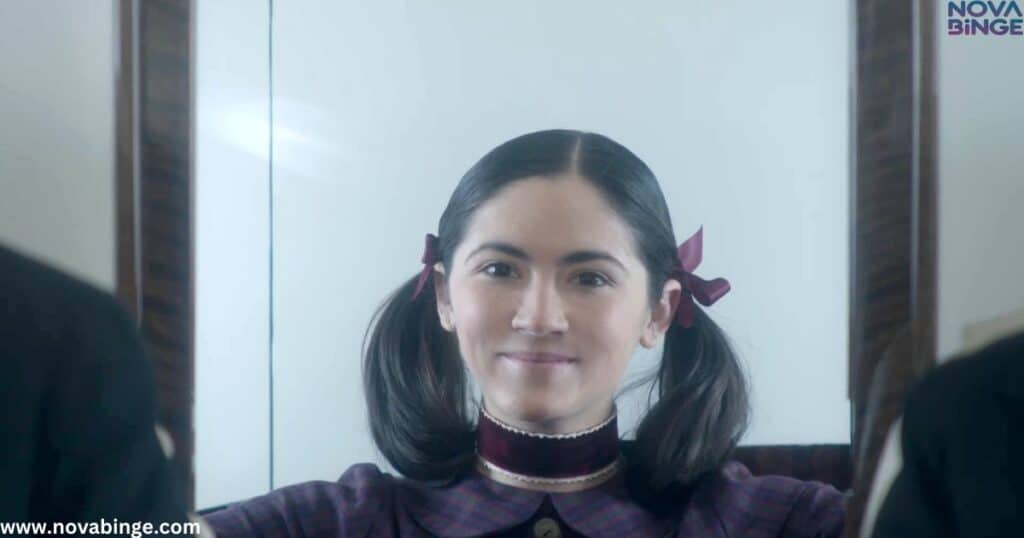
Thematic Depth: More Than Just Scares
While “Orphan: First Kill” delivers on the horror front, it also explores deeper themes that elevate it above typical genre fare.
Nature vs. Nurture: The Making of a Monster
The film delves into the age-old debate of nature versus nurture. Is Esther a product of her environment, or was she born with an innate capacity for evil?
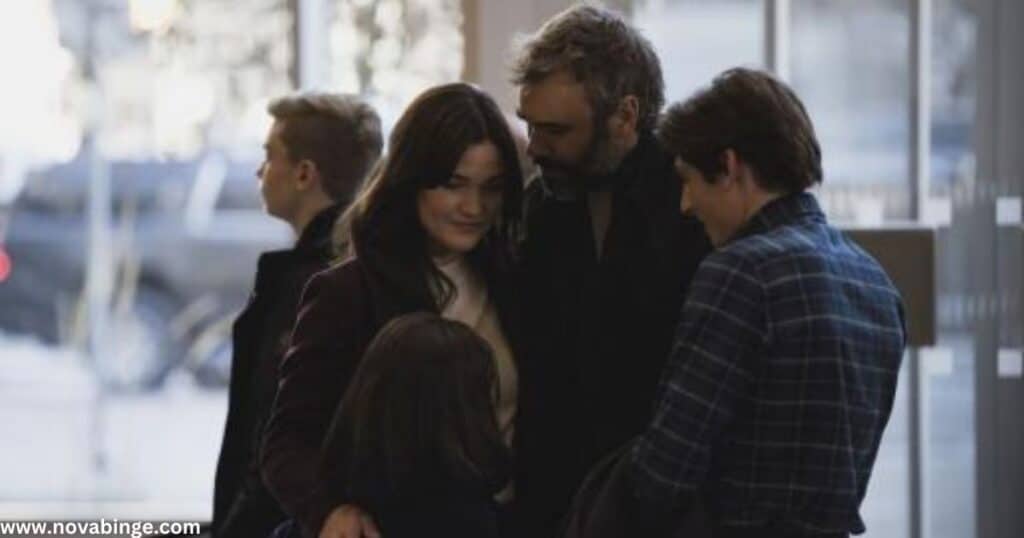
Family Dynamics and Deception
At its core, “Orphan: First Kill” is a story about family—albeit a deeply dysfunctional one. The film explores how easily the bonds of trust can be manipulated and broken.
Identity and Belonging: Esther’s Quest
Esther’s journey is, in many ways, a twisted coming-of-age story. Her desperate attempts to find a place where she belongs drive much of the narrative, adding layers of complexity to her character.
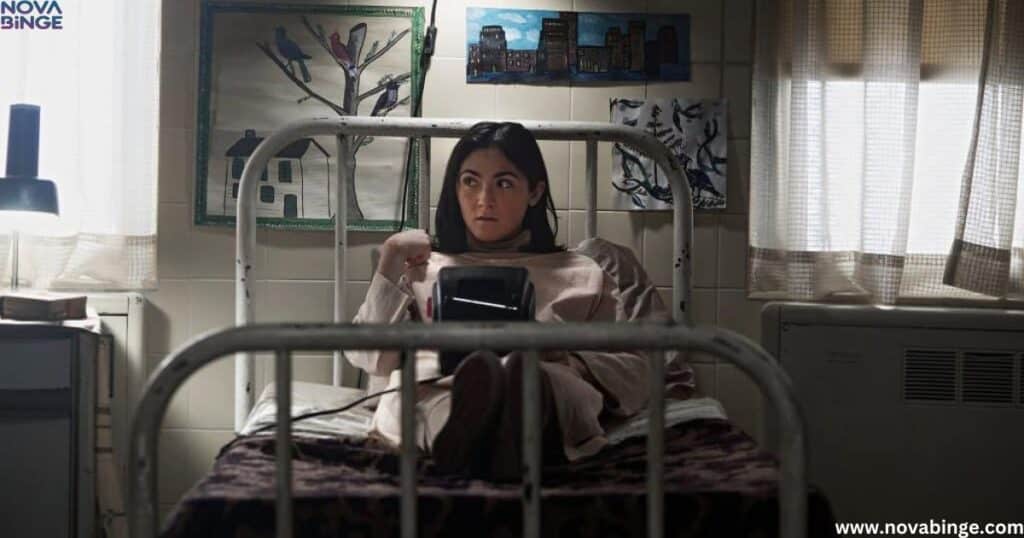
Comparative Analysis: “Orphan: First Kill” vs. The Original
While “Orphan: First Kill” shares DNA with its predecessor, it’s very much its own beast. Let’s break down some key differences:
| Element | Original “Orphan” | “Orphan: First Kill” |
|---|---|---|
| Tone | Psychological thriller | Dark comedy elements |
| Esther’s character | Mysterious, enigmatic | More developed, sympathetic |
| Family dynamic | Nuclear family | Complex, potentially dysfunctional |
| Plot twists | One major reveal | Multiple surprises throughout |
Technical Marvels: Bringing Esther to Life
One of the most impressive aspects of “Orphan: First Kill” is its seamless integration of practical effects and CGI to de-age Isabelle Fuhrman.
De-aging Techniques Used:
- Forced perspective shots
- Makeup and prosthetics
- Body doubles for full-body shots
- Subtle CGI touch-ups
The result is a performance that’s both technically impressive and emotionally convincing.
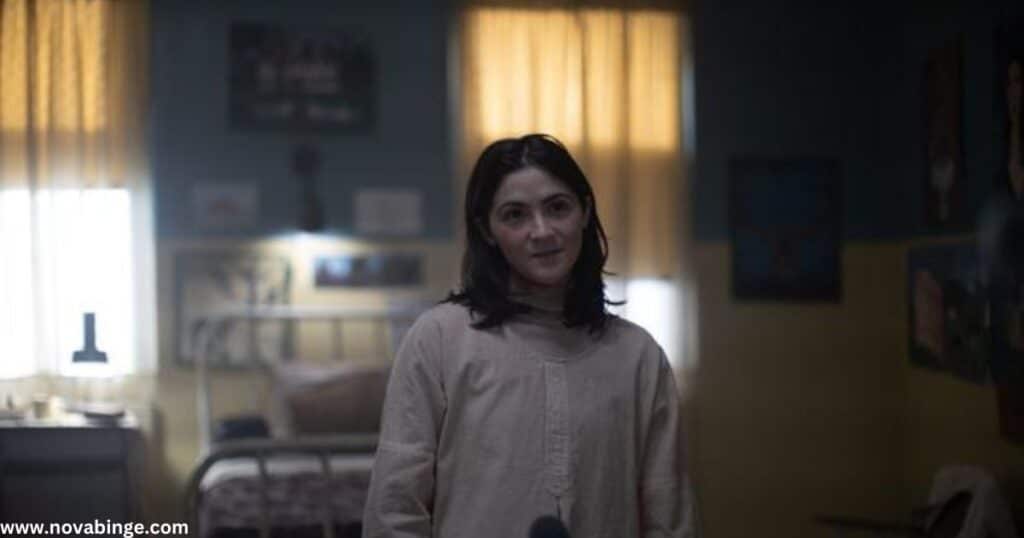
Cultural Impact and Reception
“Orphan: First Kill” has generated significant buzz in the horror community and beyond. Critics have praised its bold storytelling choices and technical achievements, while audiences have embraced its twisted take on familiar tropes.
Box Office Performance:
- Opening weekend: $2.7 million
- Total domestic gross: $8.9 million
- International gross: $13.8 million
These numbers, while modest, are impressive considering the film’s simultaneous release on streaming platforms.
Easter Eggs and Callbacks: A Treat for Fans
For those who loved the original “Orphan,” “First Kill” is packed with subtle nods and references. From familiar phrases to visual cues, there’s plenty for eagle-eyed viewers to discover.
Notable Easter Eggs:
- The reappearance of Esther’s signature ribbon
- References to Esther’s artistic talents
- Subtle foreshadowing of events from the first film
Final Verdict: A Worthy Addition to the Horror Genre
“Orphan: First Kill” is more than just a prequel—it’s a reinvention of the “Orphan” mythos that stands on its own merits. With its clever script, stellar performances, and technical wizardry, it’s a must-see for horror fans and cinephiles alike.
Who Should Watch:
- Fans of psychological horror
- Those who enjoy clever plot twists
- Anyone interested in unique filmmaking techniques
Rating: 4.5/5 stars
In conclusion, “Orphan: First Kill” proves that lightning can indeed strike twice. It’s a rare prequel that not only lives up to its predecessor but in many ways surpasses it, cementing Esther’s place as one of modern horror’s most compelling villains. Whether you’re a longtime fan or new to the franchise, this film offers a twisted journey into the heart of darkness that you won’t soon forget.

David Lee is a seasoned writer specializing in filming locations. With a keen eye for detail and a passion for cinema, David explores the stories behind iconic sites and shares unique insights that bring your favorite films and series to life.







